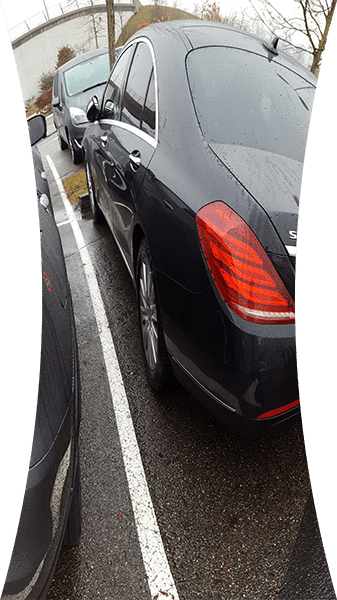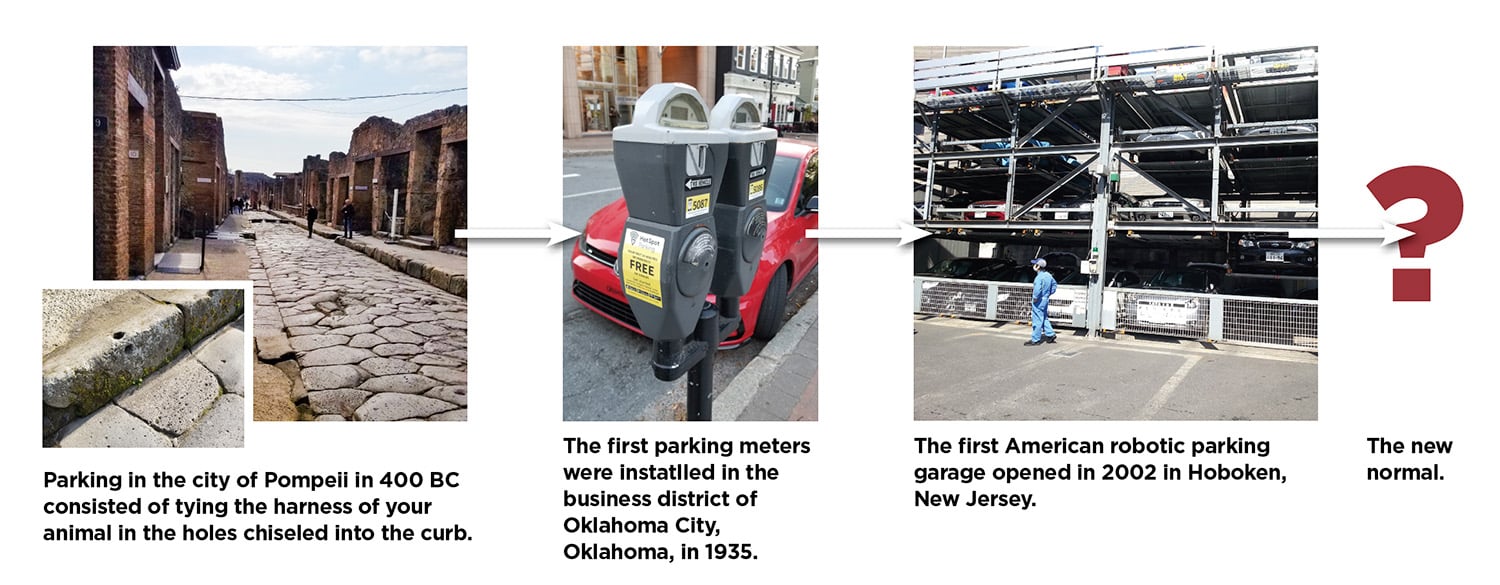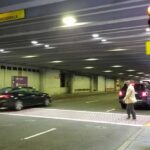
Board Perspective
A New Normal Is Coming
I have heard too many people longing for our parking industry to return to normal. I cringe each time I hear it—normal is always time relevant. It was normal to park by tying up your horse on a post. It was normal to park and put your coin in the meter. We will NEVER go back to the previous normal. As an industry we are flexible, we adapt, and we evolve. What was normal yesterday is not normal today, and tomorrow will bring a brand-new normal.
Several of the major auto manufacturers have made it clear—new cars with gas engines will be history within 10 years. With the prevalence of electric vehicles (and increased vehicle weights), there will be a new normal for parking at the office, hotels, shopping centers, and homes. Dimensions of parking spaces will change. Fire suppression strategies in parking facilities will change. Garage design standards will change. A new normal is coming.
We know that the days of the Jetsons are closer than we ever thought possible. The crazy idea of flying cars isn’t so crazy anymore. There are German and Chinese manufacturers that have already received permits and are making public trips in flying cars right now! I suspect that anyone saying they are looking forward to going back to normal hasn’t considered that the top levels of our garage decks will have to be reinforced to accommodate the forces caused by airborne vehicles touching down from their flights. Not only will we have to accommodate increased loads (vertical forces on the top deck), but we will also transform valet services to resemble air traffic controllers and drone craft ground marshallers to ensure adequate/safe clear space for landings and takeoffs. (Visualize rough landings, multiple vehicles arriving in garage airspace simultaneously, moving vehicles from the landing area so that an approaching vehicle can land safely, or the departing vehicle can launch…)
Speaking of dimensions of parking spaces, with autonomous vehicles parking themselves, do we really need the requisite space between vehicles to allow ingress and egress for people? No, we don’t. Today we have automobiles that will park themselves in tight spaces after the driver has exited the vehicle. Our facilities will be designed with smaller parking spaces. Smaller spaces mean an increased number of vehicles per unit of space (density). With those densely parked vehicles increasing the load per square foot, the structure designs and reinforcement must accommodate it. The normal garage construction and traffic designs of yesterday will not work for tomorrow. A new normal is coming.
As we work to solve the issues associated with the onslaught of electric vehicles, not far behind will be new issues to be solved that are unique to autonomous electric vehicles. Will robotic chargers become a reality? We will see a completely different charging infrastructure that will allow for charging autonomous vehicles and minimize and optimize the actual number of charging stations for efficient vehicle charging rotation. A new normal is coming.
“…the growing width of cars is driven as much by design as by the need for crash structures and the increasing size of humans.”

The IPMI Planning, Design, and Construction Committee (PDC) is currently working to develop and share electric vehicle and ADA best practices. With evolution comes change. As an industry, we are constantly learning and improving how we do business. With increased electric vehicles on the road and autonomous vehicles on the horizon, parking cannot be business as usual. A new normal is coming.
The new normal will require intelligent and pre-emptive activities. This is true for planning new facilities, maintaining existing facilities that must support new changes in operation, modifying structure rehabilitation designs, developing up-to-date designs for new structures, and updating construction practices and checklists. The IPMI PDC Committee is focused on providing information to the industry that helps us understand that the future of parking has already arrived and the old normal is no longer adequate for our world today.
It’s important to remember that the parking industry rarely dictates what is normal. The evolution of the auto, bus, truck, train, plane, ship, bicycle, personal mobility device, etc. has always driven what we do in the parking profession. Parking, on the other hand, has never dictated the evolution of mobility. We are parking professionals, and as such, we are flexible, adapt, and constantly evolve. A new normal is always coming. ◆
Richard Easley, CAPP, is president of E-Squared Engineering. He is a member of IPMI’s Board of Directors and Co-Chair of the Planning, Design, and Construction Committee.
-
Richard Easley, CAPPhttps://parking-mobility-magazine.org/author/richard-easley-capp/December 2, 2021
-
Richard Easley, CAPPhttps://parking-mobility-magazine.org/author/richard-easley-capp/June 7, 2022
-
Richard Easley, CAPPhttps://parking-mobility-magazine.org/author/richard-easley-capp/September 6, 2022


Carrying the Torch
The path to success unquestionably requires the courage to lead,

Seven-Generation Decision-Making
A major factor of sustainability is thinking about how we









